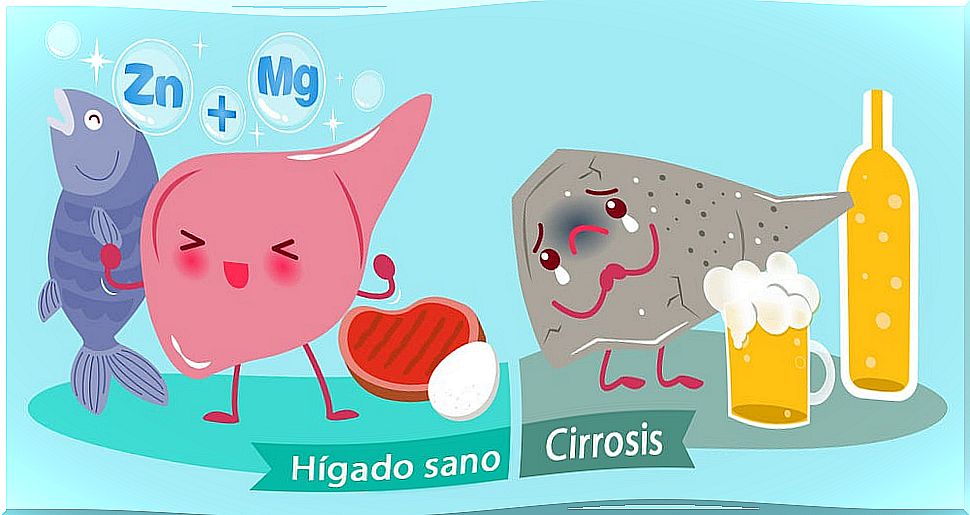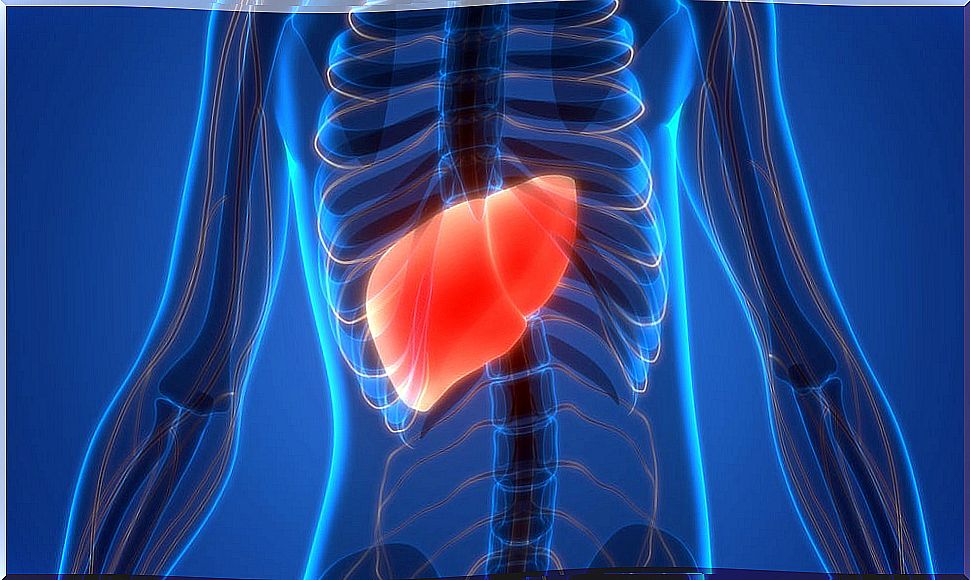Treatment Of Cirrhosis
Since there is no cure for cirrhosis, treatment is merely palliative. That is to say, it is intended to alleviate the symptoms of the disease and to ensure that the patient has the most stable possible condition.
In this article we explain it to you in detail. Keep reading!
Liver diseases
It is necessary to remember that there are many substances and diseases that can lead to liver disease. If the damage is punctual and limited, the liver is able to regenerate.
However, if there is a recurrence, the liver cannot repair itself, which causes the liver to heal. Once this occurs, the scar tissue is non-functional and destroys the organ, which can lead to liver cirrhosis.
The most frequent causes of cirrhosis are damages derived from chronic alcoholism ( chronic alcohol consumption), hepatic steatosis (fatty liver), as well as infection by hepatitis C or B. In this sense, usually late cirrhosis more than 6 months to develop once liver involvement appears.
What do we understand by liver cirrhosis?

The term “cirrhosis” refers to the deformation of the liver structure that occurs when a large amount of tissue is permanently replaced by scar tissue. And this is unable to perform its functions.
However, adequate adherence to treatment and healthy habits can improve symptoms, allowing the patient to lead a normal life. When cirrhosis is not discovered in time, the prognosis is less favorable and complications such as hemorrhages and ascites appear more frequently.
How to diagnose cirrhosis?

- Spleen enlargement.
- Abdominal swelling
- Jaundice.
Other tests
For the diagnosis of cirrhosis, it is also recommended to request more in-depth studies, such as an ultrasound or a computed tomography (CT) scan. These allow us to establish if the liver has decreased in size or if it has an altered structure, which may suggest cirrhosis.
- Through a scintigraphy you can see which areas of the liver are working and which are completely healed.
Finally, if the diagnosis is unclear, the doctor may ask the patient to go to a laboratory for a liver biopsy. By means of this test (and the previous ones) it is possible to appreciate not only the existence or not of cirrhosis, but also its causative agent, which is very useful.
Treatment of cirrhosis

As mentioned before, there is no cure for cirrhosis. The damage produced in the liver is permanent and the therapy will only try to alleviate your symptoms. Therefore, the treatment of cirrhosis consists mainly of:
- Eliminating the cause, be it alcohol, drugs, toxins, or other damaging agents.
- Treatment of complications.
- Liver transplantation.
Stopping cirrhosis before it gets worse, by removing the cause, is often the best approach to the disease. In this way, we avoid additional damage and improve the general health of the patient. On the other hand, stopping drinking alcohol and administering the appropriate hepatitis vaccines are other measures that should be chosen.
Affected individuals should inform their doctor about all the medications and supplements they are taking. In a state of advanced cirrhosis, the liver may not be able to metabolize them. In the event that its administration cannot be avoided, the dose will have to be reduced.
Treatment for complications
Treatment for complications consists of:
- Sodium restriction in the diet. Sodium favors the accumulation of fluid in the body, something typical of advanced cirrhosis.
- Vitamin supplements to satisfy the deficits that may occur, especially fat-soluble vitamins (A, D, E and K).
- Beta-blocking drugs, which lower blood pressure and decrease the possibility of digestive bleeding.
- Laxatives such as lactulose. The poor activity of the liver causes toxic substances to accumulate in the body, which can lead to the development of hepatic encephalopathy. To avoid this, various types of oral laxatives or enemas are used, with the possible concomitant administration of antibiotics.
If the treatment of cirrhosis does not result in the patient, a surgical treatment is carried out ; that is, to perform a liver transplant. Transplantation is carried out, in general, based on the probability of death of the person if they do not receive it, constituting the last route of treatment.









